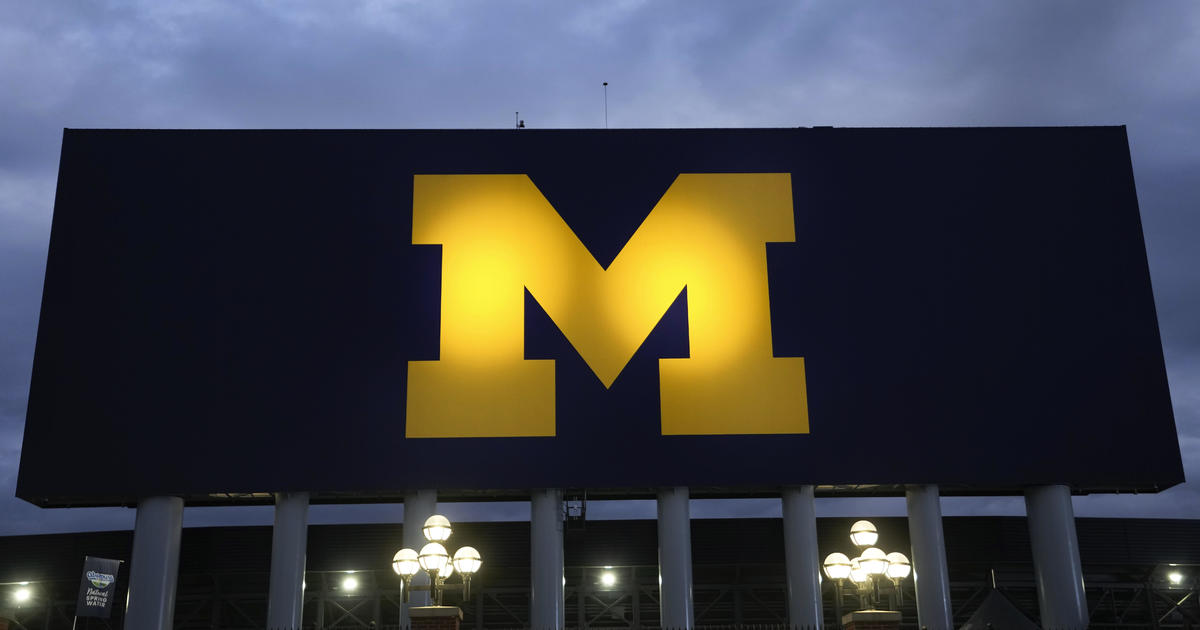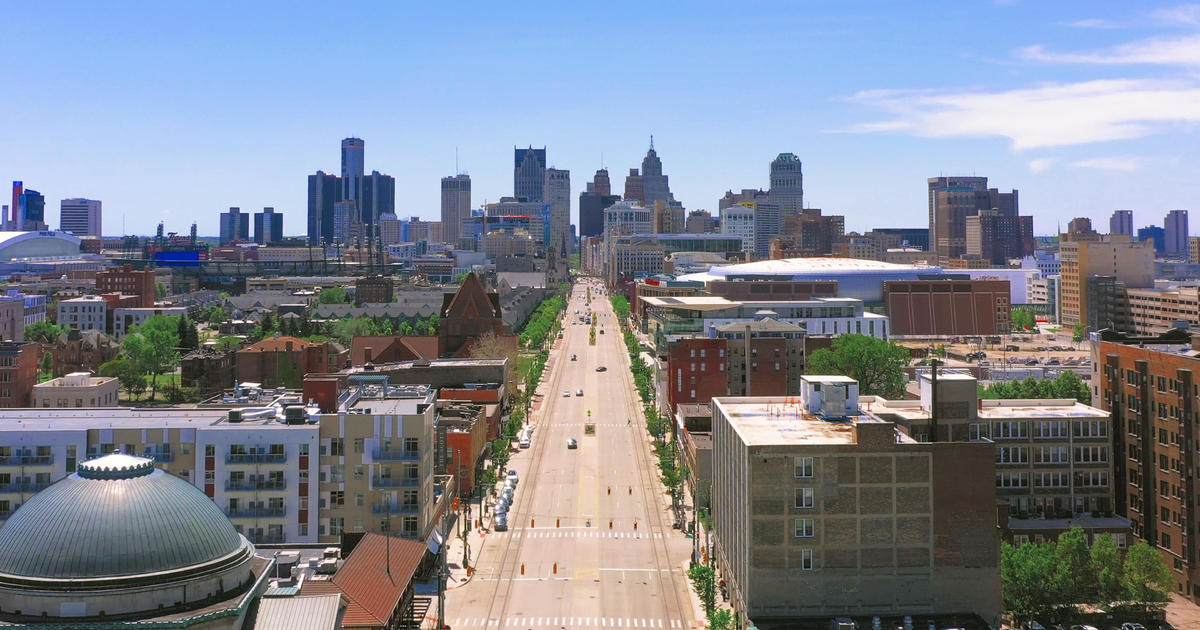$1.2M In Renovations At UM Orthotics and Prosthetics Center
ANN ARBOR -- By the time Sally Joy was referred to the University of Michigan Orthotics and Prosthetics Center, the scenario was grim: She could need an amputation.
Diagnosed with diabetes at age 16 in an era when treatment was limited, Joy's right leg was plagued by chronic ulcers that threatened surgical removal of the limb. But thanks to a series of orthotic interventions at UM over the last 30 years -- from shoe inserts to leg braces -- the swimmer and yoga enthusiast has thus far been able to avoid the threat of amputation.
"They kept me on my feet – literally," said Joy, 62, of Ann Arbor.
Advances in orthotics and prosthetics at the center have helped people like Joy, and now with the facility improvements the orthotics and prosthetics staff will be able to serve patients even better.
Coinciding with its 100th year anniversary this year, the O&P center has undergone $1.2 million in renovations that have nearly doubled the facility's patient care space, and enhanced waiting rooms, provided accommodations for the UM amputee support network and therapy capacity, among other improvements. The center has seen a 32 percent increase in outpatient visits over the last five years.
The public is invited to an open house Tuesday, June 19 that will include tours, giveaways and food, from 4 to 6:30 p.m. at the center, located in the Eisenhower Plaza, 2850 S. Industrial Hwy., Suite 400. For more details, visit http://www2.med.umich.edu/healthcenters/clinic_detail.cfm?service_id=654.
Patient needs at the O&P center are wide and diverse. Some need artificial limbs, sometimes the result of a traumatic event like a car accident or problems at birth. Many amputations follow complications from diabetes, which can include nerve damage and poor blood circulation that make feet vulnerable to skin sores. These ulcers can cause damage to tissues and bone severe enough to require surgical removal.
Other patients need orthotics devices, ranging from cranial shaping helmets for infants to spinal bracing, upper and lower extremity orthoses and custom-made shoes. Orthoses can be used to treat such conditions as arthritis, cerebral palsy, muscular dystrophy and spinal cord injuries.
"There are limited places where people can get their prosthetic and orthotic needs met. Most places are private," says James A. Leonard Jr., M.D., clinical professor for UM physical medicine and rehabilitation. "This center is among the few university-based facilities in the country that offers comprehensive orthotic and prosthetic services with a multidisciplinary approach to care."
Renovations have helped the center nearly double the size of its waiting room, increase the number of clinic exam rooms and add therapy rooms, office and supply rooms and peer counseling rooms. The extra space will allow more physicians, orthotists and prosthetists to see more patients every day at the center, which now sees roughly 25,000 to 30,000 visits a year.
Leonard notes that patients may spend hours at appointments, especially if they're waiting on a prosthetic or orthotic repair. Loved ones who accompany patients at appointments may also spend a long time waiting for patients to finish therapy.
"I think these are people who have faced challenges in their life and deal with environments that are not always the most accessible or friendly so we really looked carefully at designing a place that accommodates everyone, whether they're coming in with prosthetics, braces or wheelchairs," Leonard says.
"Our goal is to provide a friendly, welcoming environment for all of our patients, just like we're trying to do across the rest of the UM Health System."



